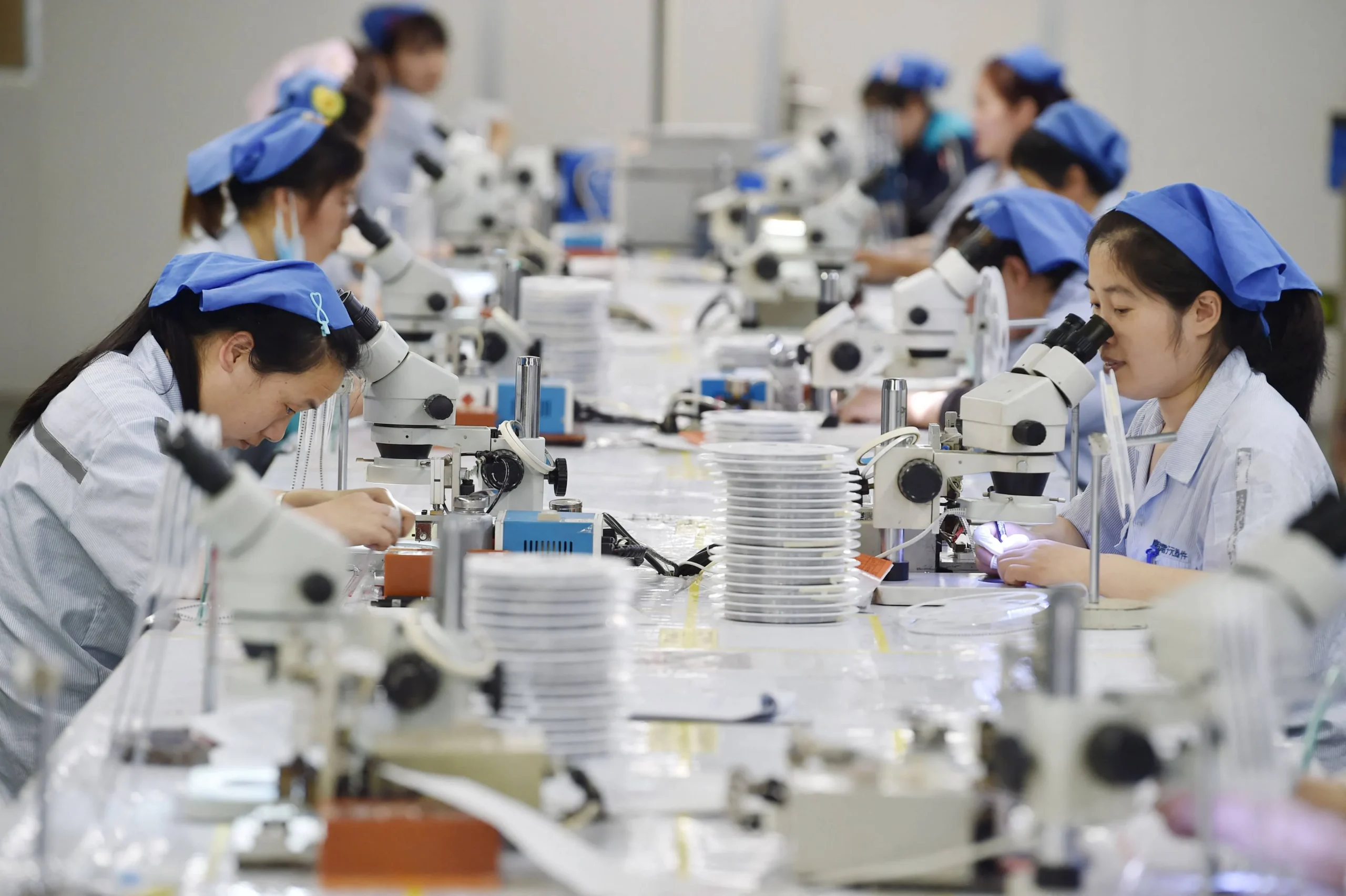China’s Politburo is pushing for the mobilization of “patient capital” to drive funding for emerging industries, emphasizing a longer-term outlook and greater risk tolerance. This strategic move aims to support the country’s transition to a tech-based economy and elevate its position in the global value chain.
The recent emphasis on “new quality productive forces” underscores China’s commitment to fostering technological innovation and sustainable economic growth. With Western containment measures restricting trade and technology access, the need for self-reliance and domestic innovation has become more pressing.
The concept of “patient capital” has gained prominence in China’s financial landscape, signaling a shift towards longer-term investment horizons and increased support for key sectors, particularly technology. This approach aligns with Beijing’s efforts to strengthen the real economy and bolster innovation across various industries.
In practical terms, “patient capital” involves providing financial resources to support the development of new industries over extended periods, despite the inherent risks and uncertainties involved. This type of funding, which includes venture capital, plays a crucial role in nurturing early-stage startups and innovative technologies.
While there is no standardized definition for “patient capital,” it generally entails a willingness to invest for the long term, with minimal interference in day-to-day operations and a higher tolerance for risk. To encourage the growth of patient capital, policymakers will need to implement supportive policies that incentivize long-term investment and ensure capital stability.















































